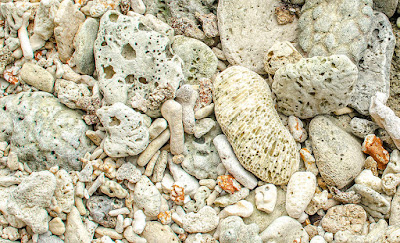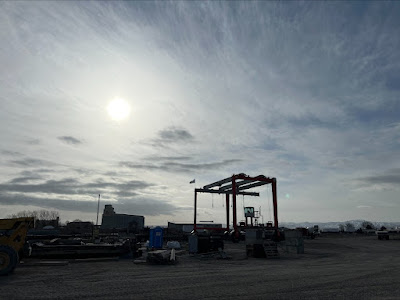24 April, 2023 - Week Two

Marine Minerals Marine minerals that have originated from terrestrial sources contain heavy metals such as gold, iron, tin, barium, chromium, zirconium , etc. These resources also contain non-metals like a diamond, lime, silica, etc. Coastlines of many nations like India, Australia, and Brazil are regions where most of these minerals have been discovered. The most common of sea minerals is sea salt. Sea salt, which is created by evaporating sea water, typically involves little or no processing and contains no anti-clumping additives, unlike table salt. Whether coarse or finely ground, it contains more minerals than other salts because it comes from the sea. The additional minerals in sea salt contribute to its color and flavor. Table salt is mined from underground salt deposits, and kosher salt is derived from either seawater or underground sources. We did change to using exclusively sea salt or kosher salts. Supposedly the benefit of using such a mineral is it does ...
